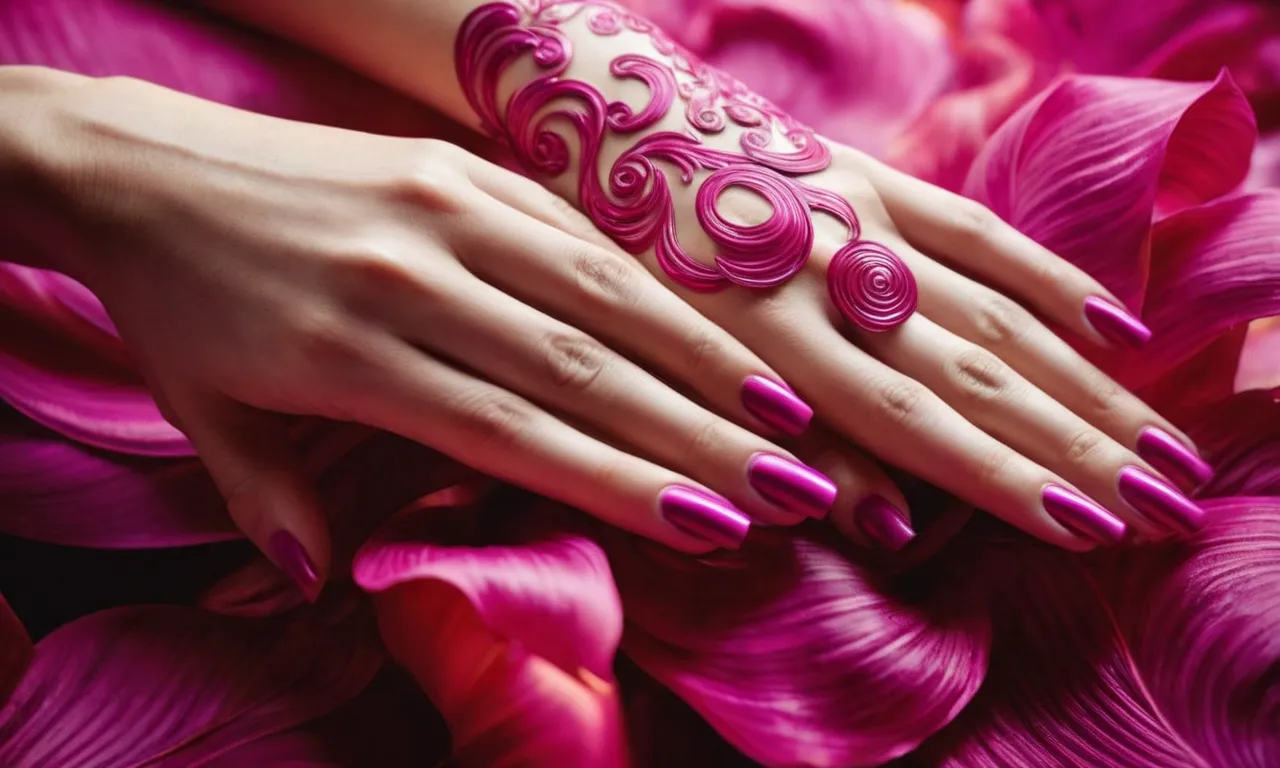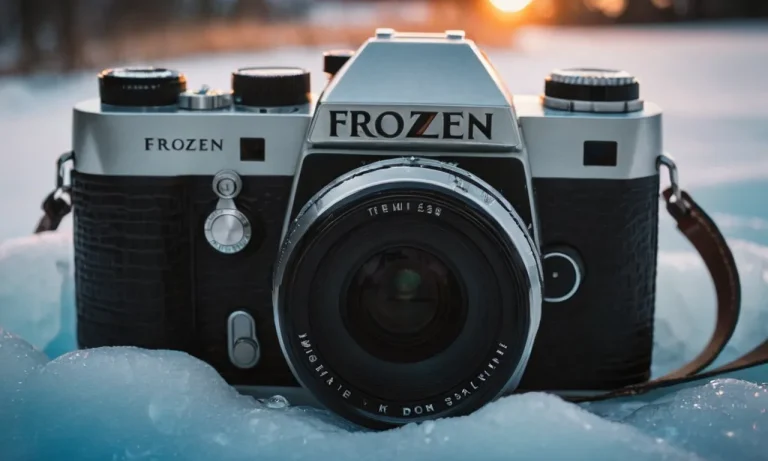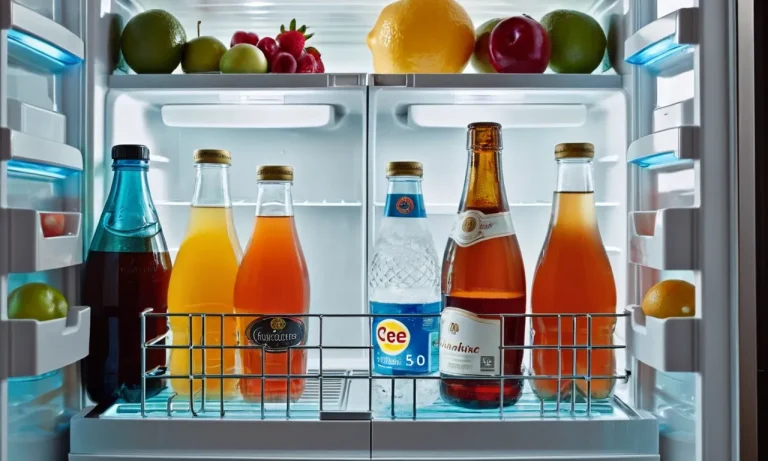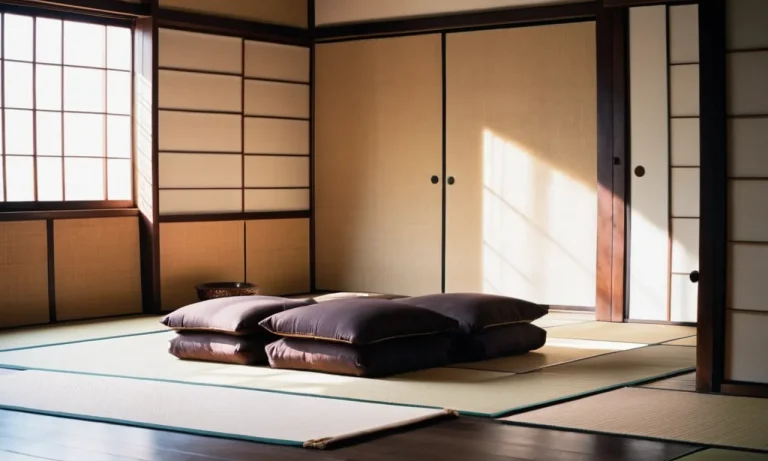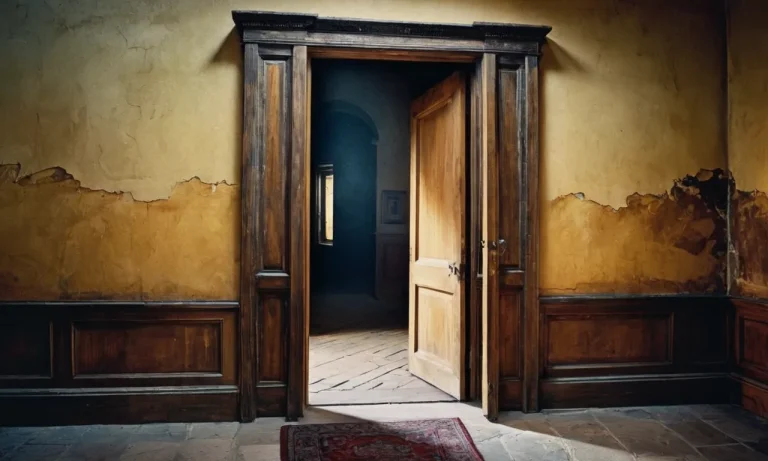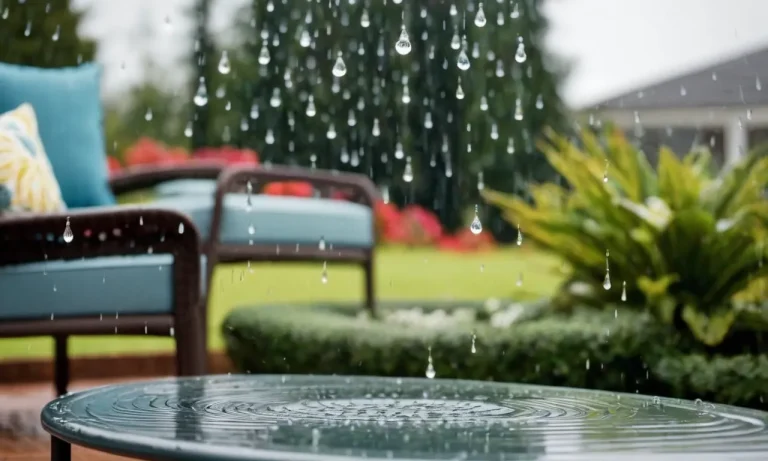How To Mix Hot Pink Paint: A Complete Guide
Looking to add a pop of hot pink to your next painting or home decor project? Mixing the perfect shade of hot pink paint can seem tricky, but follow this comprehensive guide and you’ll have a stunning color in no time.
If you’re short on time, here’s a quick answer to your question: Mix equal parts bright red and white paint, then add small amounts of purple paint until you achieve the desired hot pink shade.
In this nearly 3000 word guide, we’ll cover everything you need to know about mixing hot pink paint yourself, including the best paint brands to use, exact ratio mixes, and tips for test samples and achieving different hues of pink. Read on for the complete DIY hot pink paint mixing tutorial.
Pick High Quality Paints
When it comes to mixing hot pink paint, using high quality paints is essential. Not only will it ensure a vibrant and long-lasting color, but it will also make the mixing process much easier. There are different types of paints available in the market, so it’s important to choose the right one for your specific needs.
Acrylic Craft Paint
Acrylic craft paint is a popular choice for mixing hot pink paint, especially for smaller projects or crafts. It is known for its quick drying time, versatility, and wide range of colors. When selecting acrylic craft paint, look for a brand that offers a good selection of pink shades.
Some well-known brands include DecoArt, FolkArt, and Liquitex.
Interior Wall Paint
If you’re looking to mix hot pink paint for a larger project, such as painting a room or furniture, interior wall paint is a great option. It is durable and designed to withstand wear and tear. When choosing interior wall paint, consider brands like Benjamin Moore, Sherwin-Williams, or Behr.
These brands offer a variety of shades and finishes, allowing you to find the perfect hot pink color for your project.
Exterior House Paint
If you’re planning to mix hot pink paint for an exterior project, such as painting the exterior of your house or a fence, it’s important to choose a paint that can withstand the elements. Exterior house paint is specifically formulated to resist fading, cracking, and peeling caused by sun exposure and weather conditions.
Some well-regarded brands for exterior house paint include Valspar, PPG, and Dunn-Edwards.
Remember, regardless of the type of paint you choose, always follow the manufacturer’s instructions for proper mixing and application. Using high quality paints will not only ensure a beautiful hot pink color but also contribute to the longevity of your project.
Choose Your Shade of Pink
When it comes to mixing hot pink paint, the first step is to choose the shade of pink you desire. Depending on your personal preference or the specific project you are working on, there are various shades of pink to choose from. Here are three popular options:
True Hot Pink
If you want a vibrant and intense hot pink color, go for the true hot pink shade. This shade is bold and eye-catching, perfect for making a statement. It is commonly used in pop art, fashion, and interior design. To achieve this shade, mix equal parts of magenta and white paint.
Adjust the ratio as needed to achieve your desired intensity.
Lighter Baby Pink
If you prefer a softer and more delicate pink, the lighter baby pink shade is a great choice. This shade is often associated with femininity and sweetness. It works well in nursery rooms, wedding decorations, and floral designs.
To create this shade, start with a base of white paint and gradually add a small amount of magenta until you achieve the desired lightness.
Darker Fuchsia Pink
For those who want a deeper and richer pink shade, the darker fuchsia pink is the way to go. This shade has a touch of purple undertone, giving it a sophisticated and elegant look. It is commonly used in high-end fashion, art, and home decor.
To create this shade, mix equal parts of magenta and a small amount of blue paint. Adjust the ratio to achieve your desired darkness.
Remember, these are just general guidelines for mixing hot pink paint. The exact ratios may vary depending on the brand and type of paint you are using. It’s always a good idea to start with small amounts and test the color on a sample surface before applying it to your project.
Mixing Ratios for Hot Pink Paint
Red + White
One common way to create hot pink paint is by mixing red and white paint together. The ratio of red to white will determine the shade of hot pink you achieve. For a brighter and more vibrant hot pink, you can use a higher ratio of red to white.
Conversely, if you prefer a softer and lighter hot pink, you can use a higher ratio of white to red.
Red + White + Purple
If you want to create a deeper and more intense hot pink, you can add a touch of purple paint to the mixture of red and white. Purple is a complementary color to yellow, which is a component of both red and white.
By adding a small amount of purple, you can enhance the vibrancy and depth of the hot pink shade.
Premixed Base + Pigments
An alternative method to create hot pink paint is by using a premixed base paint and adding pigments. There are various premixed base paints available in hot pink shades that you can find at your local art supply store or online.
Once you have the base paint, you can use pigments to adjust the shade to your liking. Whether you want a warmer or cooler hot pink, pigments allow you to customize the color to your preference.
It’s important to note that the mixing ratios mentioned above are general guidelines. Depending on the specific brand and type of paint you are using, the ratios may vary. It’s always a good idea to refer to the manufacturer’s instructions for the best results.
For more information on color mixing and paint techniques, you can visit Winsor & Newton or Golden Artist Colors.
Mixing and Testing Your Pink Paint
When it comes to mixing hot pink paint, it’s important to follow the right steps to achieve the desired color. Here is a complete guide on how to mix and test your pink paint:
Start with Small Batches
Before diving into a large batch of hot pink paint, it’s recommended to start with small batches. This allows you to experiment with different ratios and adjust the color as needed without wasting a large amount of paint. Plus, it gives you the opportunity to fine-tune the shade to your liking.
Adjust in Small Increments
Mixing hot pink paint requires precision, so it’s crucial to make adjustments in small increments. Adding too much of one color can quickly change the entire shade. By adding small amounts of pigment or tint at a time, you have better control over the outcome and can make subtle adjustments until you achieve the perfect hot pink hue.
Test on Paint Swatches
Once you’ve mixed your pink paint to a satisfactory shade, it’s important to test it on paint swatches. This allows you to see how the color looks in different lighting conditions and alongside other colors. You can also compare it to existing hot pink paint swatches to ensure consistency.
When testing on paint swatches, assess how the color dries and if any changes occur. Some pigments may darken or lighten as they dry, so it’s important to take this into consideration before applying the paint to a larger surface.
Achieve Consistency
Consistency is key when mixing hot pink paint. To ensure your paint is consistent, mix thoroughly and avoid leaving any streaks or clumps of pigment. This will help you achieve an even application and a seamless finish.
Remember, practice makes perfect. Don’t be discouraged if your first attempt doesn’t yield the exact shade you’re looking for. Keep experimenting, adjusting, and testing until you achieve the perfect hot pink paint mixture.
Tips for Keeping Your Hot Pink Vibrant
When you mix hot pink paint, you want it to stay vibrant and eye-catching for as long as possible. Here are some tips to help you achieve just that:
Use a Primer
Before applying hot pink paint to any surface, it’s important to use a primer. A primer creates a smooth and even base for the paint to adhere to, ensuring that the color appears true and vibrant. It also helps to prevent any underlying colors or imperfections from showing through.
Make sure to choose a primer that is compatible with the type of paint you are using.
Apply Multiple Coats
To achieve a rich and intense hot pink color, it may be necessary to apply multiple coats of paint. This is especially true if you are painting over a dark or contrasting color. Applying several thin coats rather than one thick coat will help to prevent streaks and ensure an even and consistent color.
Allow each coat to dry fully before applying the next one.
Protect from Sunlight
Hot pink paint can be particularly sensitive to sunlight, which can cause it to fade over time. To protect your hot pink paint from sun damage, consider applying a clear protective topcoat. This will not only help to preserve the color but also provide an additional layer of durability.
Additionally, if possible, try to keep your hot pink painted surfaces away from direct sunlight or use curtains or blinds to minimize exposure.
By following these tips, you can keep your hot pink paint looking vibrant and beautiful for years to come.
Conclusion
With the right paint brands, mixing ratios, and testing, you can easily achieve the perfect hot pink paint for any project. Just be sure to start with small batches, make gradual adjustments, and test colors before applying.
Vibrant hot pink paint is within your reach with this comprehensive DIY guide. Now go dazzle with your custom shade!

